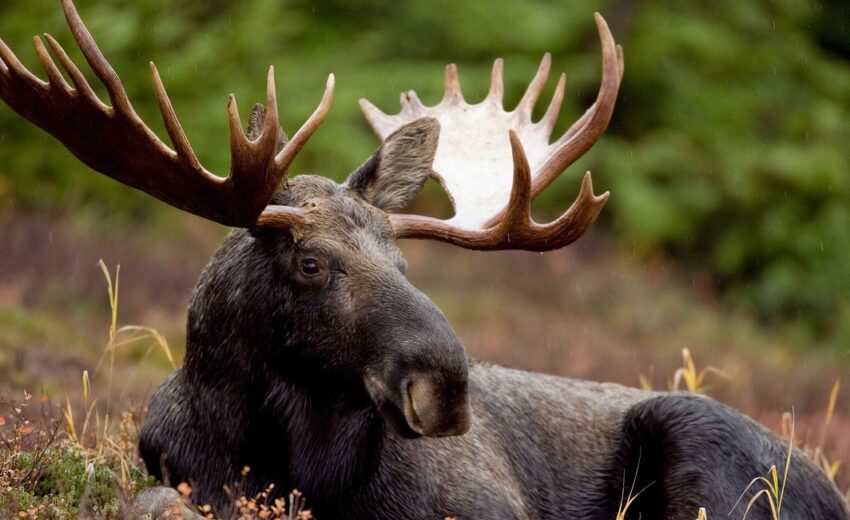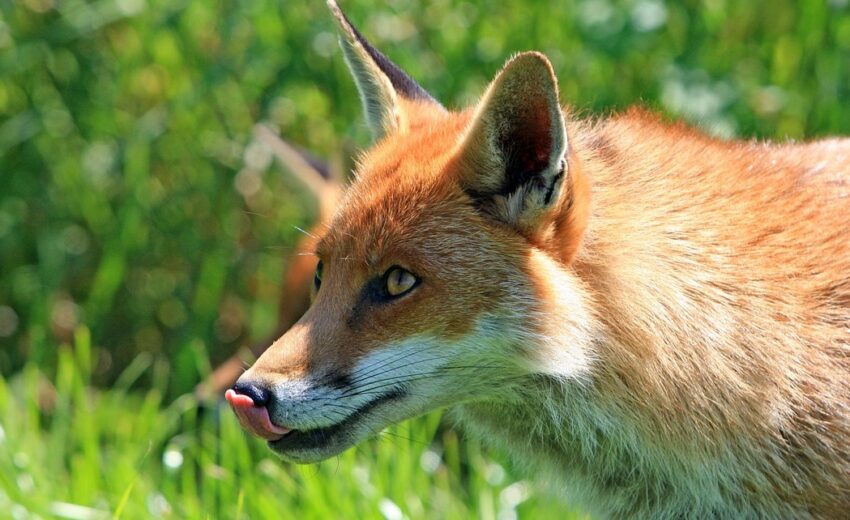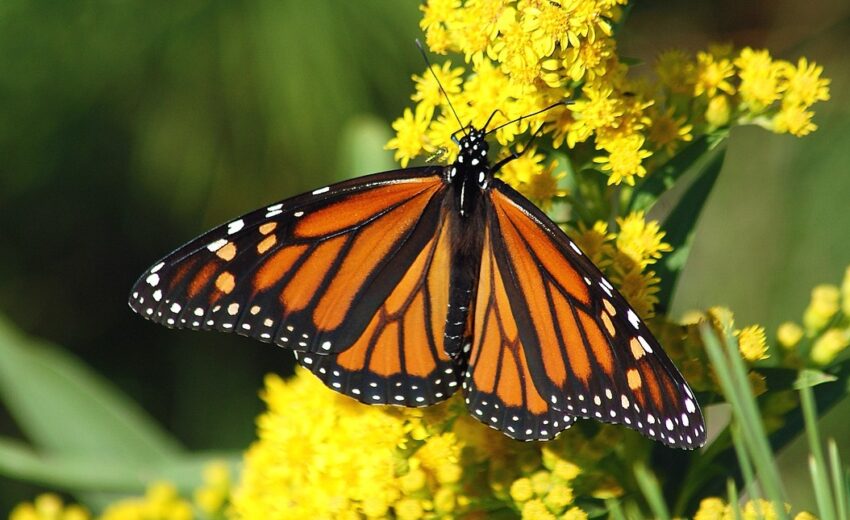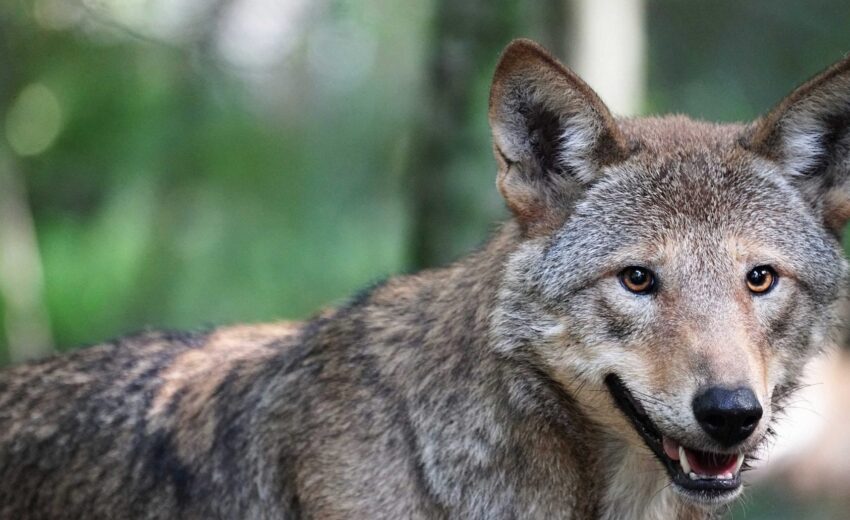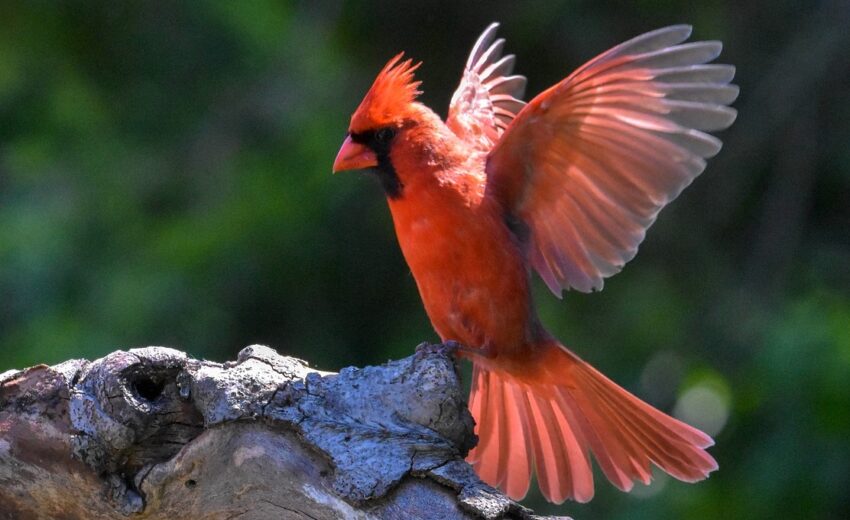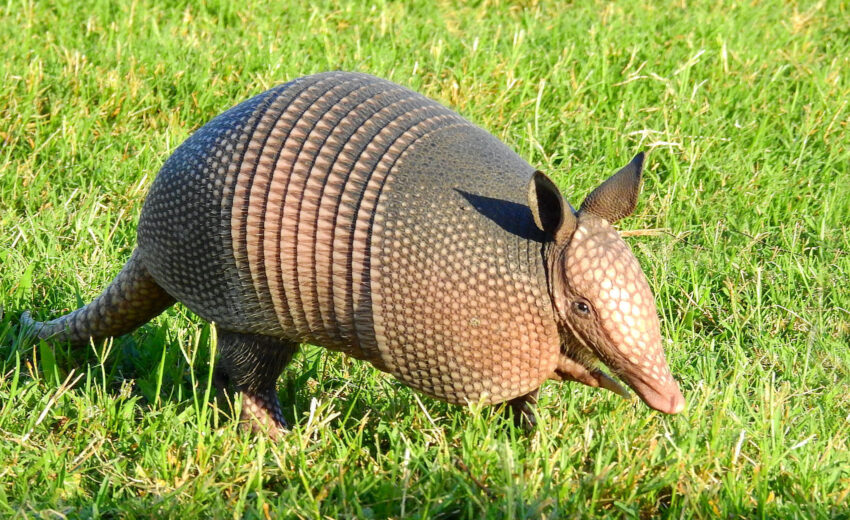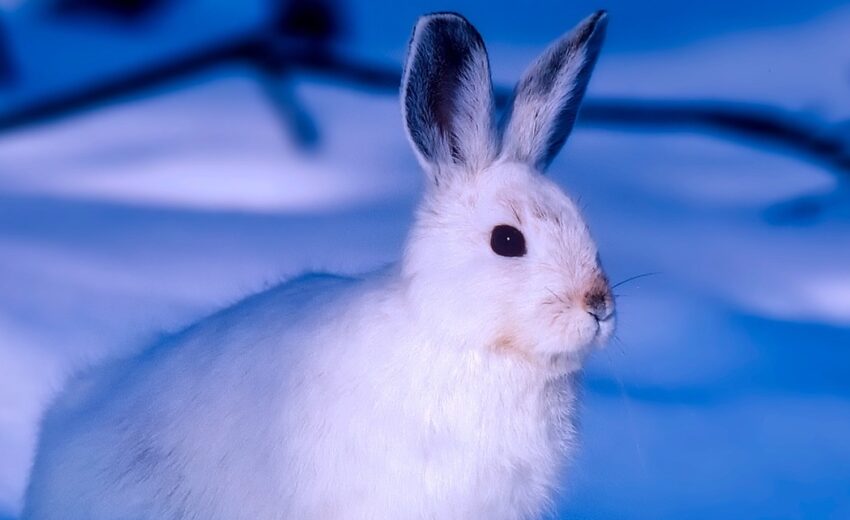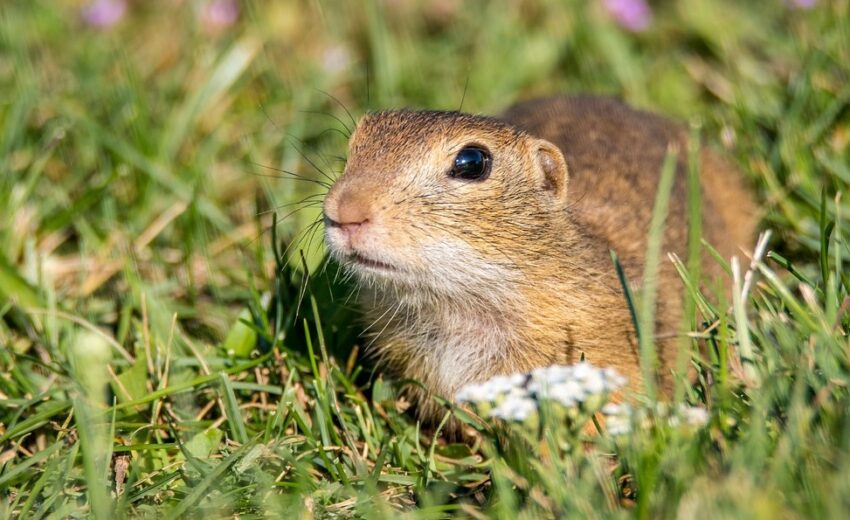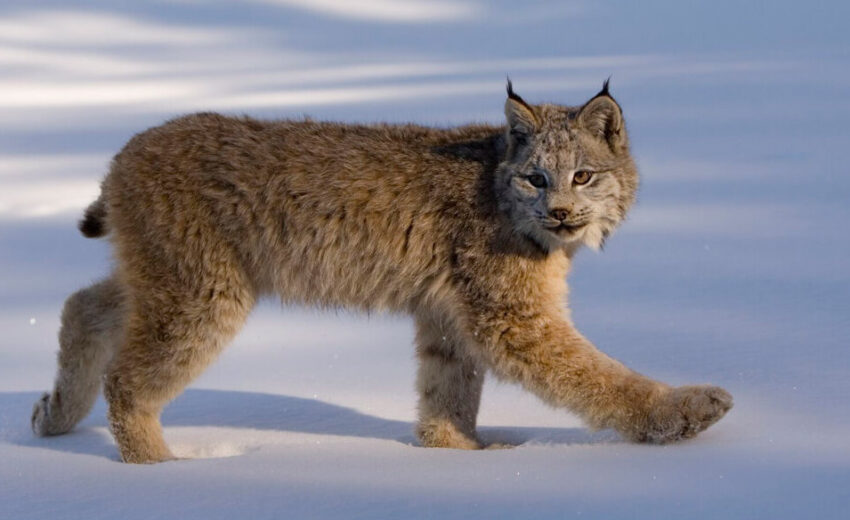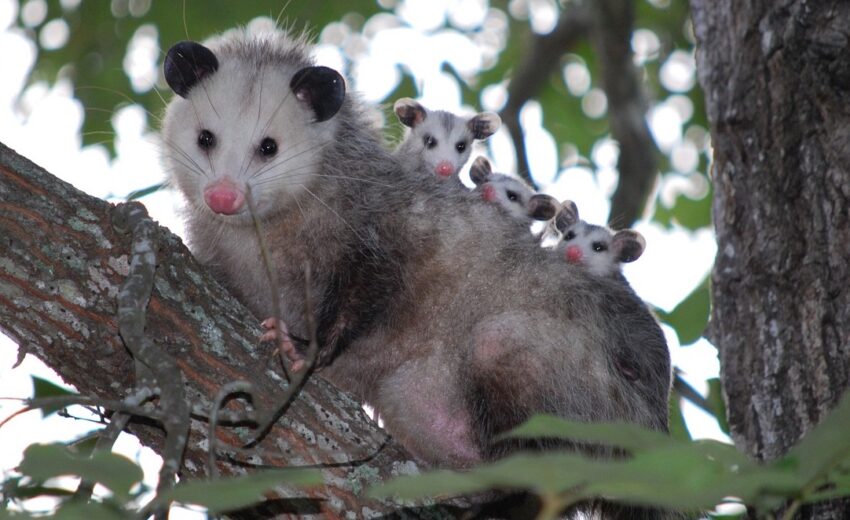Being the tallest member of the deer family, it’s the moose. These giants are found in the northern parts of the midwest, north eastern United States, and in Canada and Alaska
- Zoology
- Daily Critter Facts
- For Teachers
- Study Guides
- Diseases & Parasites
- Contact


